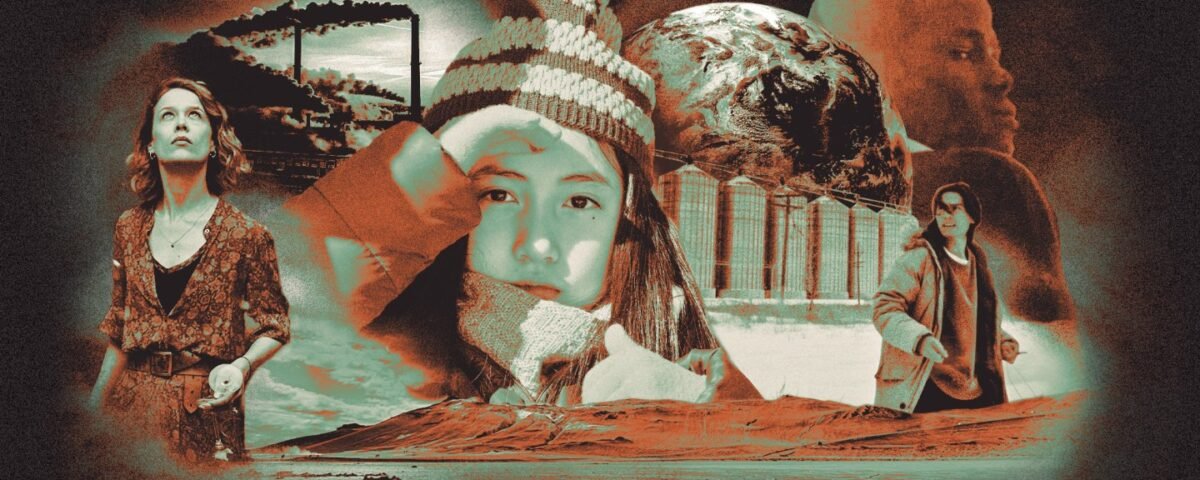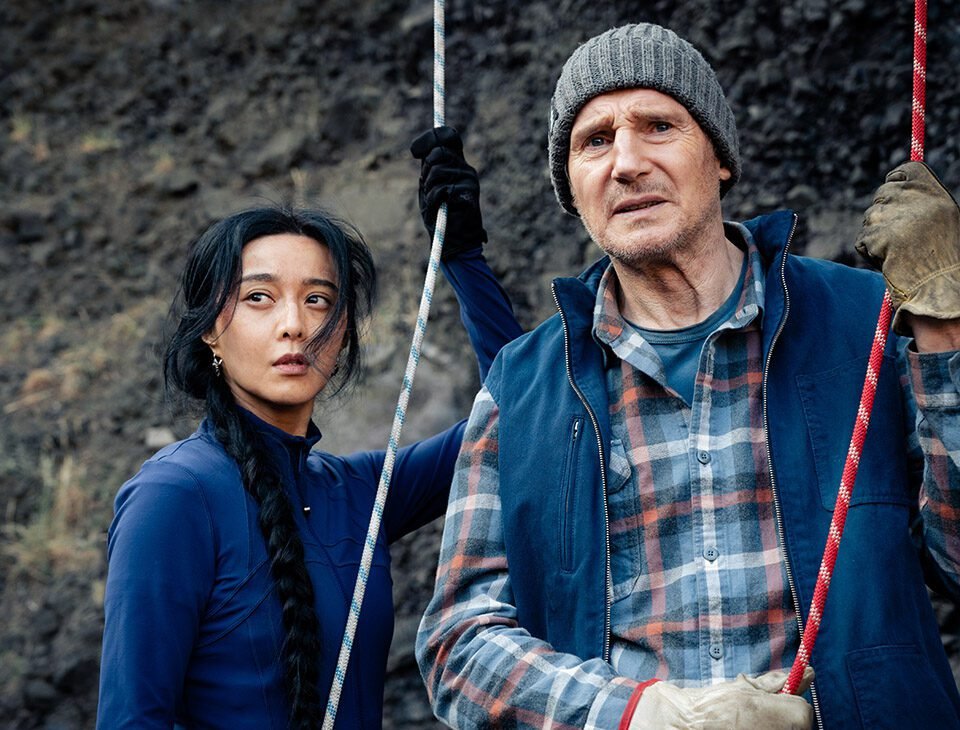


‘I’m Your Venus’ Review: A Poignant Doc Revisits ‘Paris Is Burning’ and Gives a Trans Icon Her Flowers
July 4, 2024


‘Cabo Negro’ Review: A Wispy, Morocco-Set Tale of Youth, Sex and Boredom
July 6, 2024From Ryusuke Hamaguchi’s ‘Evil Does Not Exist’ to Ramata-Toulaye Sy’s ‘Banel & Adama,’ indie films are representing climate change as an ongoing negotiation between humans and the environment instead of a single catastrophic event.
A defining scene in Ryûsuke Hamaguchi’s startling movie Evil Does Not Exist shows an adversarial meeting between the residents of an idyllic Japanese village and the representatives of an opportunistic Tokyo-based company. The two groups have gathered to discuss plans for the construction of a luxury camping site. To build goodwill for the project, the representatives, a pair of meek city dwellers, deploy banal commercialese to make their case. They use phrases like “optimize” and “invigorate” to describe what the site might bring to the area. They insist it will be “mutually beneficial.”
A campsite would disrupt this delicate calibration. The septic tank the company plans to build would pollute all the water downstream. Regardless of the rules, careless patrons will incinerate the woods with their illegal campfires. A proposed fence would obstruct the movement of deer. So when a townsperson eventually tells the corporate representatives, “your actions would turn my world upside down,” she is not speaking entirely metaphorically. And her sentiment is a warning.
Earlier sketches of our unraveling biosphere dealt in the dark, seductive register of doom. Roland Emmerich’s The Day After Tomorrow (2004), Scott Derrickson’s 2008 remake of The Day the Earth Stood Still and even, more recently, Adam McKay’s satirical comedy Don’t Look Up (2021) offer pseudo-nihilistic portrayals of planetary disaster. Relying on broad narrative strokes, these films deliver operatic emotional conclusions wrapped in vague calls to action. They indulge in the most dramatic scenes of ecocide — imposing waves enveloping midtown Manhattan, snow blanketing New Delhi, comets threatening to crater the Earth’s surface — to warn of imminent annihilation and cast the relationship between humans and the planet as callous and abusive.
These movies rightly scold our selfishness and indifference — and paint with an inevitably bigger, less nuanced brush given their studio/big-streamer origins and aims to conquer the widest possible viewership. There are limits to this approach, whose sameness can stultify the imagination. Why try to change the world if it’s going to end anyway?
The newer crop of movies are more interested in the details of resistance and the sobering reality of indifference. In Daniel Goldhaber’s eco-thriller How to Blow Up a Pipeline, a group of environmentalists plan to bomb a Texas oil refinery in a last-ditch effort to draw attention to the current crisis. While the film’s archetypal characters and allegorical plotting pull from the playbook of earlier climate movies, How to Blow Up a Pipeline gets specific where it matters. Each person, from the young woman whose compounding health problems can be traced to corporate ecological malfeasance to the Indigenous man fighting greedy developers, reflects a tangible economic or physical reality of climate change. Their experiences underscore capitalism’s role in global indifference and refocus our attention on corporate disruption instead of just individual lifestyle changes.
Leon, the protagonist of German auteur Christian Petzold’s stirring chamber drama Afire, is the noctambulist of a radical environmentalist’s nightmare. The petulant writer spends a summer vacation near the Baltic Sea consumed by his failed novel. Soundtracking his muted interactions with his best friend Felix (Langston Uibel) and even pricklier encounters with a third houseguest, Nadja (Paula Beer) are the whirs of helicopters patrolling the forest and the wails of fire trucks as they rush to extinguish flames. The forest fires rage as Leon and his friends uncouple and reconfigure; fight and make up; drink and laugh. Like Reichardt, Petzold isn’t interested in a morality tale. He stages the climate crisis as a tale of loss, first of a kind of existence — a lifestyle — and then of life itself.
For most of Afire, the fires register as a nuisance to the young people. When Leon and Felix scour for provisions at the grocery store in town, they are told the chances of a mechanic coming to help them fix their car are low. In the next scene, as Felix and Leon lug their groceries through the beachside main street, a public service announcement prohibiting residents and vacationers from barbecuing and smoking near the forest plays through loudspeakers. It’s not until the flames get closer that the writer awakens to his reality. Felix’s unexpected death — a charred body in an eerily still forest — is a blunter, more potent and concrete metaphor for the climate crisis. Ecological disaster will eventually come for us all.
That climate change has no borders is most apparent in Ramata-Toulaye Sy’s compelling debut Banel & Adama, which premiered at Cannes in competition last year (in select theaters June 14). Sy deftly swaddles an intoxicating love story around a chilling climate parable set in a rural northern Senegalese village. Banel, a capricious and defiant young woman played by Khady Mane, and her husband, Adama (Mamadou Diallo), are working toward a future away from the strict mores of their village. But an unusually long drought season causes the cattle to start dying off, and men soon begin leaving the village for work in other places. Then people begin dying, which forces Adama, who was next in line to be chief, to preside over a series of funerals.





